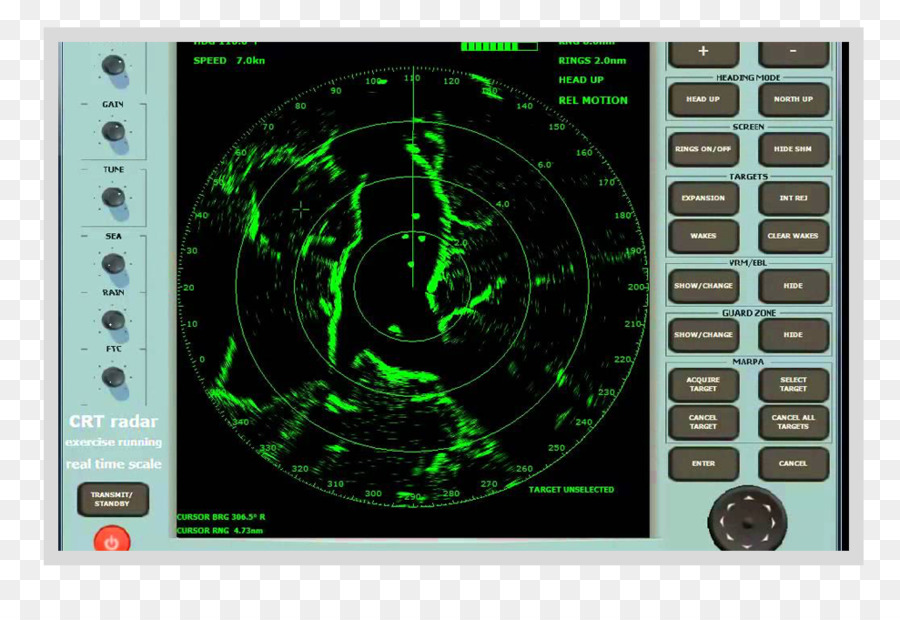Ship Radar Simulator Software
Virtual reality enables reality to be taken beyond the performance envelope. When done correctly this provides the perfect domain for turning virtual reality into reality. Realism is the key to this. Modelling reality Our ship bridge simulator SimFlex4, has been under constant development for over 30 years. It is renowned for its realism. Right from the very beginning focus has been on correctly modelling the hydro- and aerodynamic physical characteristics. This is done by addressing all the forces acting on the vessel and then solving the equation of motions for the vessel.
Download lagu feel this moment christina aguilera album. Ship Radar Simulator, free ship radar simulator freeware software downloads. SPx Radar Simulator is a Windows-based application that generates simulated radar video data, along with any combination of tracks, AIS, navigation and secondary radar data. The data may be output in network format (including ASTERIX for radar video and tracks), or as radar signals (video, trigger, ACP/ARP) with the HPx-300 radar output card.
Each force component is a function of many variables, which each contribute to the total force exerted and the corresponding motion. This approach makes it easy to add or remove an effect.
The design is based on an eclectic approach where data is retrieved and combined from many sources. Herein lies the success and realism of the ship bridge simulator. In order to maintain a high level of quality and provide our customer the best experience, we offer service and support 24 hours seven days a week. You can contact us on; + or send us an email; Support@Simflex.dk. We also develop and sell ship simulators.

Sinhala karaoke mp3 free download. We can simulate a broad range of vessels ranging from tankers, bulk carriers and container vessels to catamaran ferries, ASD-tugs and rotor tugs. We are also able to simulate a broad variety of advanced vessels - to name our recent developments; a carousel tug and a wind turbine installation vessel fully capable of DP and jacking up. Our mathematical models are based on design documents, GA, trial reports, stability books supplemented by in-house water tank tests, wind tunnel tests and CFD calculations.